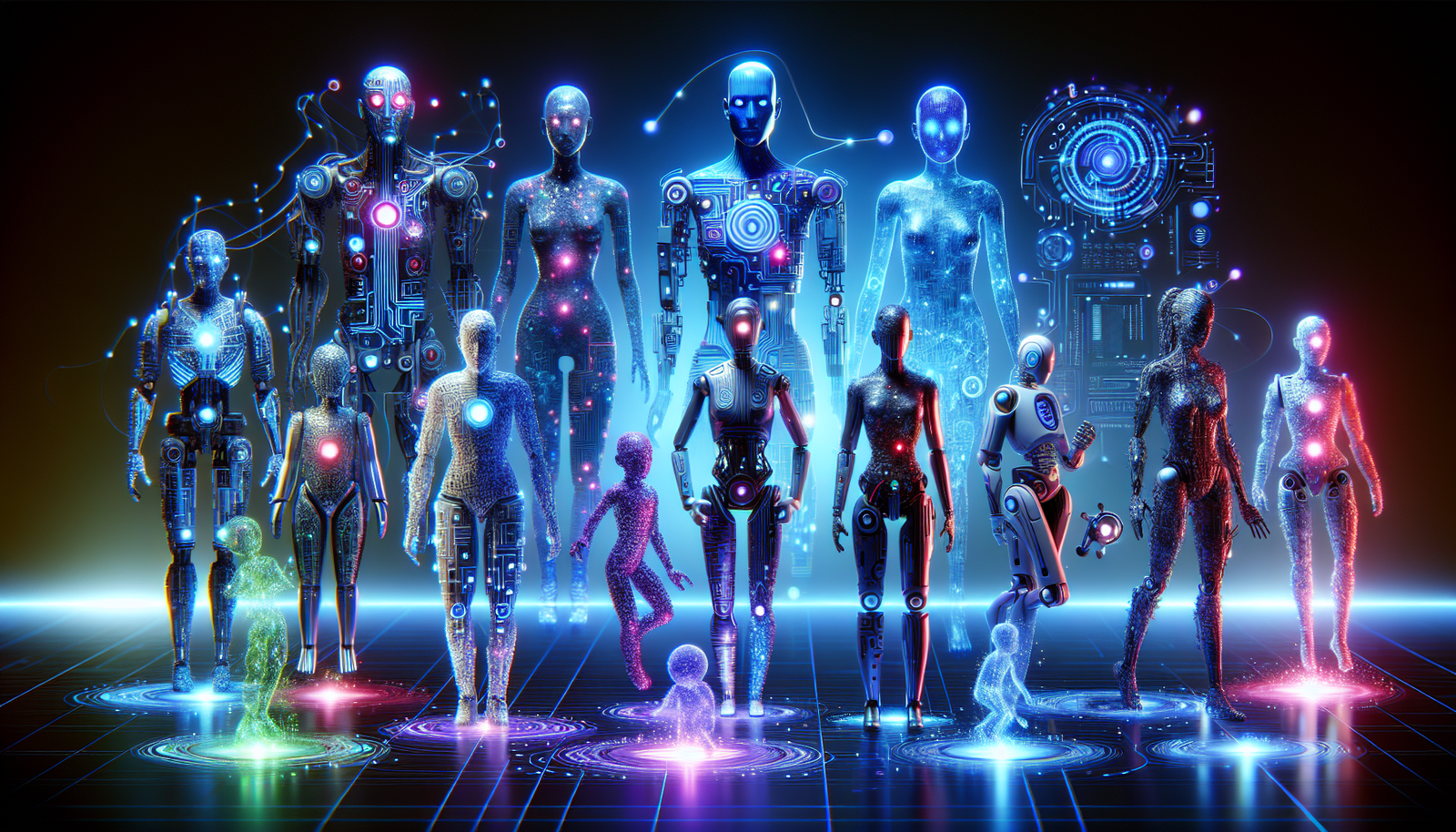The trend of AI-generated action figures is redefining the digital universe. Professionals are looking to project a playful image of their identity with personalized creations. By merging humor and personal _branding_, this phenomenon is captivating, particularly on LinkedIn. The impact of this innovation sparks discussions on self-representation in the digital age. Users skillfully leverage an innovative tool to assert their uniqueness, creating relevant and aesthetic representations.
A new era of personalized digital creations
The image generation feature of ChatGPT has sparked unprecedented enthusiasm, especially among LinkedIn users. Indeed, this innovation allows anyone to transform into a personalized action figure, paving the way for a new form of digital creativity.
The phenomenon starts with trendy portraits
The movement took off following the virality of Studio Ghibli-style portraits. Users are sharing images of themselves transformed into boxed dolls, complete with accessories and professionally themed packaging. These creations, reminiscent of toy store displays, are appealing due to their playful and imaginative aesthetic.
Varieties and AI representations
AI-generated action figures come in several popular formats, resembling traditional Barbie dolls or action figures. Accessories such as coffee mugs, books, and laptops are often integrated to reflect users’ professional lives. The creations range from nostalgic options to formal designs, with each detail carefully chosen to match professional identity.
Popularity on LinkedIn and beyond
Initially, in a professional context, LinkedIn served as a springboard for this trend. Professionals utilized the action figure format to present their brand identity in an original and engaging way. Marketers, consultants, and other business players quickly adopted this style, responding to a need for authenticity and differentiation.
An accessible creation mechanism
Users submit a high-resolution full-body photo, accompanied by a personalized prompt. The details outline the person’s name, desired accessories, or clothing styles. The refinement process often involves multiple attempts, modifying accessories and rephrasing prompts until the image accurately reflects the desired personality.
The creative and social fallout
This trend, while remaining less viral than Ghibli-style portraits, generates a constant stream of content across social media. Hashtags such as #AIBarbie and #BarbieBoxChallenge have gained traction, drawing the attention of brands like Mac Cosmetics and NYX. Public figures, such as Marjorie Taylor Greene, have also participated, illustrating the growing reach of this initiative.
The challenges of digital identity
The trend of AI-generated action figures prompts reflections on identity, aesthetics, and self-presentation in the digital age. The playful aspect of these figures contrasts with other recent artistic movements advocating for a more serious approach to personal identity. This demonstrates the growing impact of ChatGPT and similar tools on online culture.
An accessible tool for expression
The simplicity of the format attracts users eager to engage with AI-generated art without requiring advanced technical skills. The range of customization options meets this desire for self-expression, offering a balance between professionalism and humor. The resulting images represent an intriguing fusion between a professional portrait and a toy, a refreshing mix for sharing on social media.
A growing impact in digital culture
The phenomenon of action figures, although on a smaller scale, fits into a dynamic comparable to Ghibli portraits. This process, accessible via the intuitive interface of ChatGPT, enhances interest in creative tools available to everyone. The demand for original digital representations showcases an ongoing transformation in how users choose to present themselves.
Frequently asked questions about the trend of AI-generated action figures
What is the trend of AI-generated action figures?
It is a new craze where users utilize ChatGPT’s image generation tool to create digital portraits of themselves as action figures, often accompanied by themed accessories and packaging.
How can I create my own action figure with ChatGPT?
To create your figure, you need to upload a high-resolution photo of yourself and use a personalized prompt describing how you want the final image to appear, including details like your name and accessories.
Why did the trend start on LinkedIn?
The trend began on LinkedIn as professionals sought fun ways to showcase their brand identity while attracting attention in a often formal environment.
What types of accessories are commonly used in creating action figures?
The most common accessories include coffee mugs, books, and laptops, which often reflect users’ professions and daily lives.
Is the creation of action figures accessible to everyone?
Yes, creating action figures with ChatGPT is designed to be simple and does not require any special technical skills, allowing a broad audience to access it.
Is the trend of AI-generated action figures popular on other social platforms?
Although the trend took off on LinkedIn, it has also gained popularity on other platforms like Instagram, TikTok, and Facebook, but engagement remains centered around LinkedIn.
How are brands reacting to this trend?
Some brands, such as Mac Cosmetics and NYX, have quickly participated by creating their own versions of action figures, highlighting the trend’s impact on digital culture.
Are AI-generated action figures seen as just a gadget?
While some people may view these creations as gadgets, others see them as an opportunity to express their identity and engage in an emerging cultural phenomenon.
How can I modify or refine my action figure image?
Users can often generate multiple images by altering the accessories or rephrasing their prompts until the image matches their desired personality or profession.
What are the challenges associated with creating action figures with AI?
The main challenges include the need to refine prompts to achieve the desired outcome and the risk of limited interaction on some social platforms.






